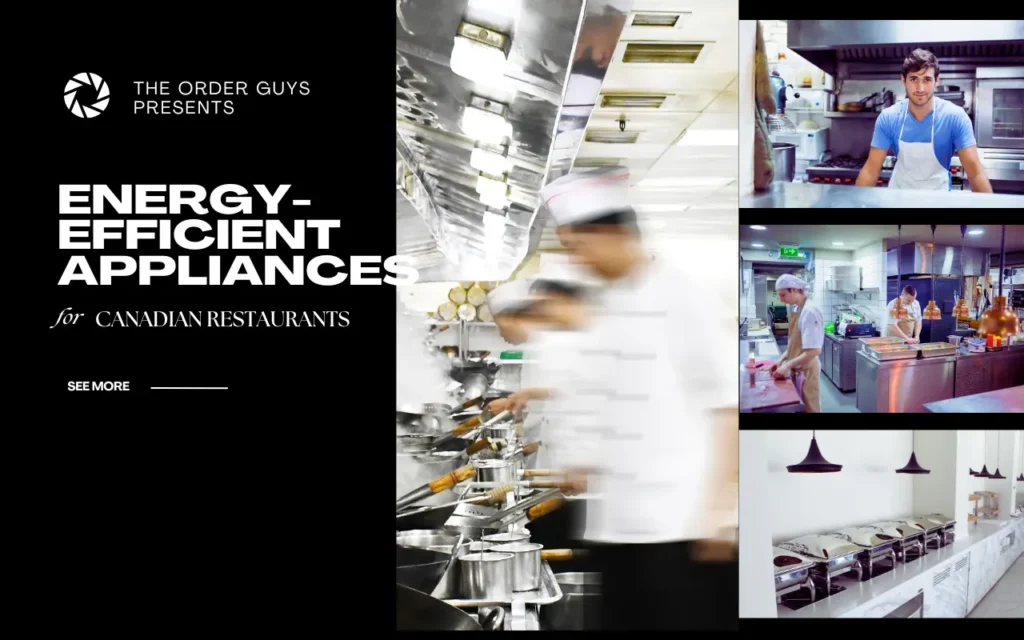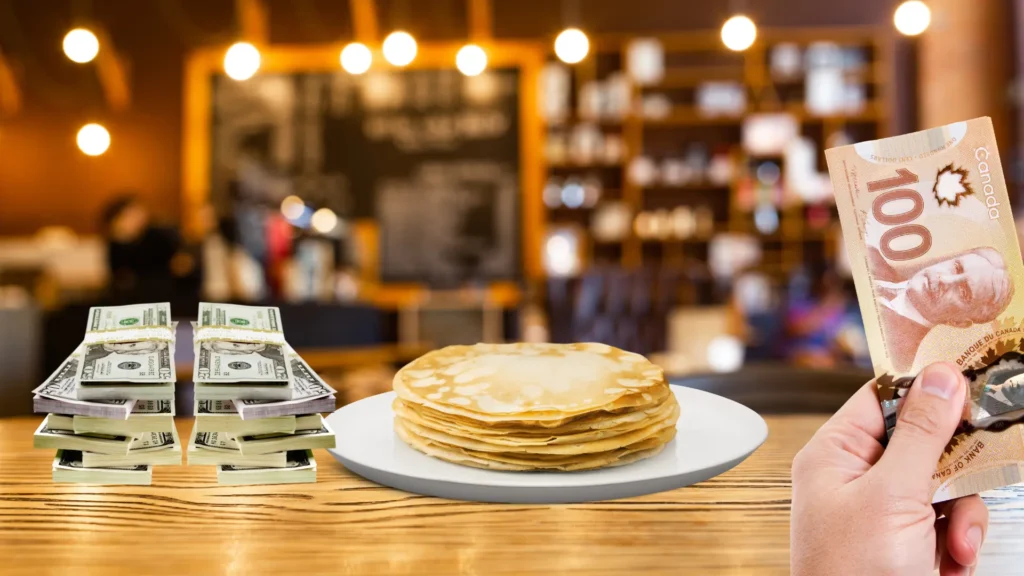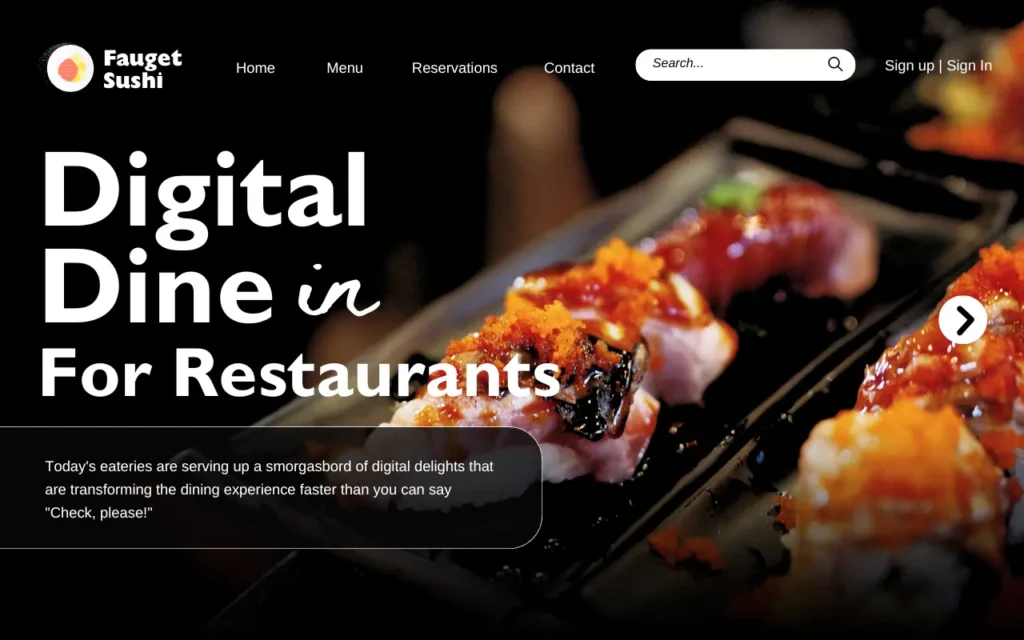Introduction
In the competitive landscape of Canadian restaurants, every dollar saved on operating costs can make a significant difference. One often overlooked area for potential savings is energy consumption. Restaurants are energy-intensive operations, consuming nearly twice as much energy per square metre as the average commercial building, according to Stats Canada. This presents a significant opportunity for cost reduction through energy-efficient practices and appliances.
While the initial investment in energy-efficient appliances may seem daunting, the long-term savings can be substantial, especially given the rising energy costs across Canada. This article will explore the benefits of investing in energy-efficient appliances for Canadian restaurants, provide real-world examples to illustrate potential savings, and offer guidance on making smart energy-efficient choices.
Understanding Energy Consumption in Canadian Restaurants
Before diving into specific appliances, it’s crucial to understand where most of the energy is consumed in a typical Canadian restaurant. According to data from Natural Resources Canada, the energy use in restaurants typically breaks down as follows:
- Food Preparation: 35%
- HVAC (Heating, Ventilation, and Air Conditioning): 28%
- Lighting: 13%
- Refrigeration: 10%
- Sanitation: 7%
- Other: 7%
This breakdown highlights the areas where energy-efficient appliances can have the most significant impact.
Energy-Efficient Appliances for Food Preparation
1. Induction Cooktops
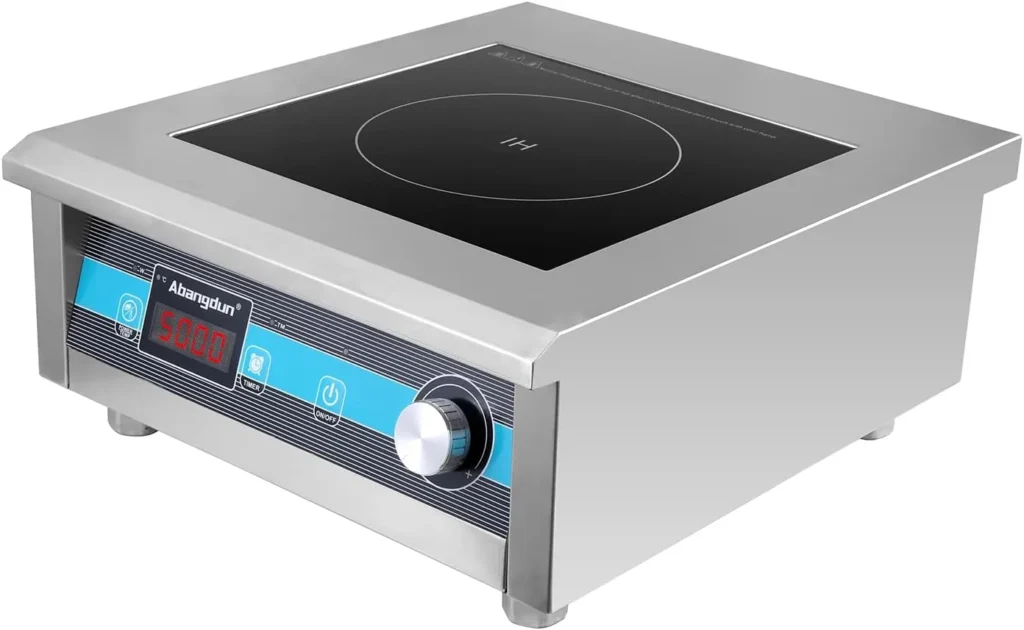
Induction cooktops are significantly more energy-efficient than traditional gas or electric stoves.
Case Scenario: The Canoe Restaurant in Toronto, Ontario replaced their traditional electric range with an induction cooktop. They found that the new cooktop used 50% less energy than their old electric range. With Ontario’s average electricity rate of $0.13 per kWh (as of 2023), this resulted in annual savings of approximately $1,800.
2. Convection Ovens
Convection ovens can result in energy savings of up to 20% compared to traditional ovens.
Case Scenario: A pizzeria in Vancouver, British Columbia switched from a traditional pizza oven to a convection oven. They found that the new oven reduced their energy consumption by 15%. With BC’s average electricity rate of $0.126 per kWh, this translated to annual savings of about $1,100.
3. ENERGY STAR Certified Fryers
ENERGY STAR certified fryers can be up to 30% more energy-efficient than standard models.
Case Scenario: A fast-food restaurant in Calgary, Alberta replaced their old fryers with ENERGY STAR certified models. They saw a 25% reduction in the energy used for frying. Given Alberta’s average electricity rate of $0.166 per kWh, this saved them approximately $1,450 per year per fryer.
HVAC: Keeping Your Restaurant Comfortable Efficiently
4. Smart Thermostats
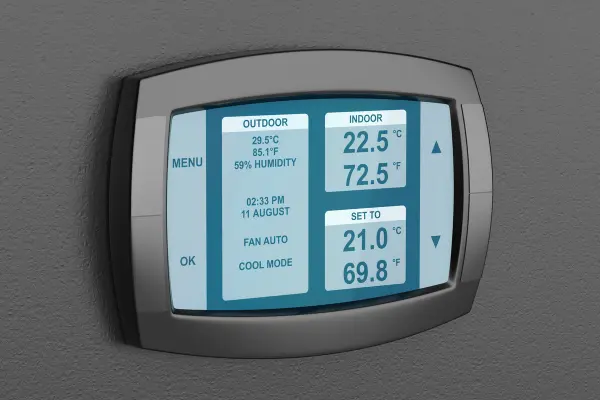
Smart thermostats can learn your restaurant’s patterns and adjust temperatures automatically, reducing unnecessary heating and cooling.
Case Scenario: A cafe in Montreal, Quebec installed a smart thermostat system. By optimizing heating and cooling based on occupancy and time of day, they were able to reduce their HVAC energy consumption by 20%. With Quebec’s average electricity rate of $0.073 per kWh (the lowest in Canada), they still managed to save about $900 annually.
5. Energy-Efficient Heat Pumps
Modern, energy-efficient heat pumps can significantly reduce both heating and cooling costs.
Case Scenario: A restaurant in Halifax, Nova Scotia replaced their old heating and cooling system with an energy-efficient heat pump. Despite Nova Scotia’s high average electricity rate of $0.174 per kWh, they saw a 30% reduction in their HVAC costs, saving approximately $2,800 per year.
Lighting: Brightening Your Space While Dimming Your Bills
7. LED Bulbs
LED bulbs use about 75% less energy than incandescent bulbs and last 25 times longer.
Case Scenario: A fine dining restaurant in Ottawa, Ontario replaced all their incandescent bulbs with LEDs. This reduced their lighting energy consumption by 70%, saving them about $2,200 per year on their energy bill, based on Ontario’s electricity rates.
8. Occupancy Sensors
Occupancy sensors ensure lights are only on when needed, reducing wasted energy in unoccupied areas.
Case Scenario: A family restaurant in Winnipeg, Manitoba installed occupancy sensors in their restrooms and storage areas. This simple change reduced their lighting energy use in these areas by 50%, saving them approximately $400 per year, given Manitoba’s average electricity rate of $0.099 per kWh.
Refrigeration: Keeping Food Fresh Without Freezing Your Profits

9. ENERGY STAR Certified Commercial Refrigerators and Freezers
These models can be up to 40% more energy-efficient than standard models.
Case Scenario: A sushi restaurant in Victoria, British Columbia replaced their old refrigeration units with ENERGY STAR certified models. They saw a 35% reduction in refrigeration energy use, saving about $1,300 per year based on BC’s electricity rates.
Sanitation: Clean Dishes, Clean Energy Use
10. Energy-Efficient Dishwashers
Modern, energy-efficient dishwashers use less water and energy per cycle.
Case Scenario: A busy diner in Edmonton, Alberta replaced their old dishwasher with an energy-efficient model. This reduced their dishwashing energy and water use by 30%, saving them about $1,100 per year, given Alberta’s electricity rates.
Electricity Rates Across Canadian Provinces
Understanding electricity rates across Canada can help restaurant owners appreciate the potential for savings. Here’s a breakdown of average electricity rates per kWh across Canadian provinces and territories (as of 2023):
- Northwest Territories: $0.380
- Nunavut: $0.375
- Yukon: $0.186
- Prince Edward Island: $0.178
- Nova Scotia: $0.174
- Alberta: $0.166
- Saskatchewan: $0.153
- Newfoundland and Labrador: $0.138
- New Brunswick: $0.131
- Ontario: $0.130
- British Columbia: $0.126
- Manitoba: $0.099
- Quebec: $0.073
Quebec has the lowest electricity rates in Canada, while the territories (Northwest Territories and Nunavut) have the highest due to their remote locations and reliance on diesel generators.
Restaurants in provinces with higher electricity rates stand to save more from energy-efficient upgrades. For instance, a restaurant in Nova Scotia could save significantly more on the same energy reduction compared to a similar restaurant in Quebec.
Calculating Your Potential Savings
To calculate your potential savings, follow these steps:
- Review your current energy bills to understand your baseline energy consumption.
- Identify your major energy-consuming appliances and research energy-efficient alternatives.
- Use Natural Resources Canada’s ENERGY STAR Calculator to estimate potential savings for specific appliances.
- Consider the lifespan of the appliance and calculate the total savings over its expected life.
The True Cost of Energy-Efficient Appliances
When considering energy-efficient appliances, look beyond the initial price tag. The true cost (or savings) of an appliance includes:
- Purchase price
- Installation costs
- Energy costs over the life of the appliance
- Maintenance costs
- Potential rebates or tax incentives for energy-efficient upgrades
Let’s look at a comprehensive case scenario to illustrate this:
Case Scenario: The Maple Leaf Diner, Toronto, Ontario
The Maple Leaf Diner decided to upgrade several of their appliances to energy-efficient models. Here’s a breakdown of their investments and savings:
- Induction Cooktop
- Purchase and Installation: $6,000
- Annual Energy Savings: $1,800
- Lifespan: 10 years
- Total Savings Over Lifespan: $18,000 – $6,000 = $12,000
- ENERGY STAR Commercial Refrigerator
- Purchase and Installation: $5,000
- Annual Energy Savings: $1,300
- Lifespan: 12 years
- Total Savings Over Lifespan: $15,600 – $5,000 = $10,600
- LED Lighting throughout the restaurant
- Purchase and Installation: $2,500
- Annual Energy Savings: $2,200
- Lifespan: 8 years (for the LED bulbs)
- Total Savings Over Lifespan: $17,600 – $2,500 = $15,100
- Smart Thermostat
- Purchase and Installation: $600
- Annual Energy Savings: $1,500
- Lifespan: 15 years
- Total Savings Over Lifespan: $22,500 – $600 = $21,900
Total Investment: $14,100 Total Savings Over Appliance Lifespans: $59,600
Net Savings: $45,500
In this scenario, while the Maple Leaf Diner had to invest $14,100 upfront, they stand to save $45,500 over the life of these appliances. This doesn’t even account for potential increases in energy costs over time, which would make the savings even greater.
Additional Benefits of Energy-Efficient Appliances
While cost savings are significant, energy-efficient appliances offer other advantages:
- Improved Performance: Many energy-efficient appliances offer improved performance.
- Environmental Impact: Reducing energy consumption helps decrease your restaurant’s carbon footprint.
- Marketing Opportunity: Promoting your restaurant’s commitment to energy efficiency can attract environmentally conscious customers.
- Compliance with Regulations: Investing in efficient appliances now can help you stay ahead of evolving energy efficiency regulations.
- Improved Working Conditions: Many energy-efficient appliances produce less ambient heat, creating a more comfortable working environment.
Tips for Implementing Energy-Efficient Appliances
- Start with an Energy Audit: Conduct an energy audit to identify your biggest energy consumers.
- Prioritize High-Impact Areas: Focus first on appliances that consume the most energy or are used most frequently.
- Consider Timing: Plan to replace appliances as they near the end of their useful life.
- Look for Rebates and Incentives: Many Canadian provinces offer rebates or tax incentives for energy-efficient upgrades.
- Train Your Staff: Ensure your staff knows how to use the new appliances efficiently.
- Monitor and Maintain: Regularly monitor your energy use and maintain your appliances to ensure continued efficiency.
Investing in Energy-Efficient Appliances For Canadian Restaurants Conclusion
Investing in energy-efficient appliances is a smart strategy for Canadian restaurants looking to reduce their operating costs and improve their bottom line. While the upfront costs can be significant, the long-term savings often more than justify the investment, especially in provinces with higher electricity rates.
As we’ve seen through various Canadian case scenarios, restaurants across different cuisines and locations have achieved substantial savings by upgrading to energy-efficient appliances. From induction cooktops and convection ovens in the kitchen to smart thermostats and LED lighting throughout the restaurant, there are numerous opportunities to reduce energy consumption.
Remember, energy efficiency is not just about saving money—it’s about running a more sustainable, future-proof business. As energy costs continue to rise and customers become more environmentally conscious, Canadian restaurants that invest in energy efficiency now will be well-positioned for success in the years to come.
Take a close look at your restaurant’s energy consumption, research energy-efficient alternatives, and consider making the switch. Your future self—and your bottom line—will thank you.

